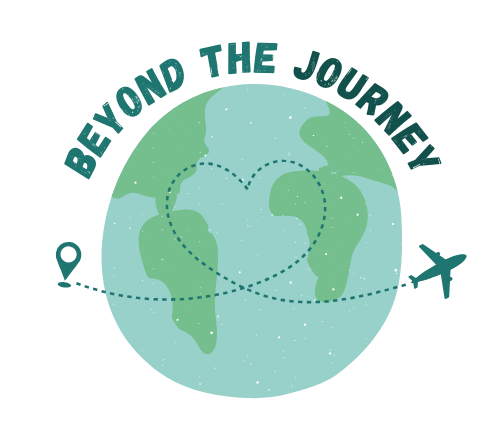The 15 Riskiest Beaches Worldwide + 3 You Definitely Want To Avoid
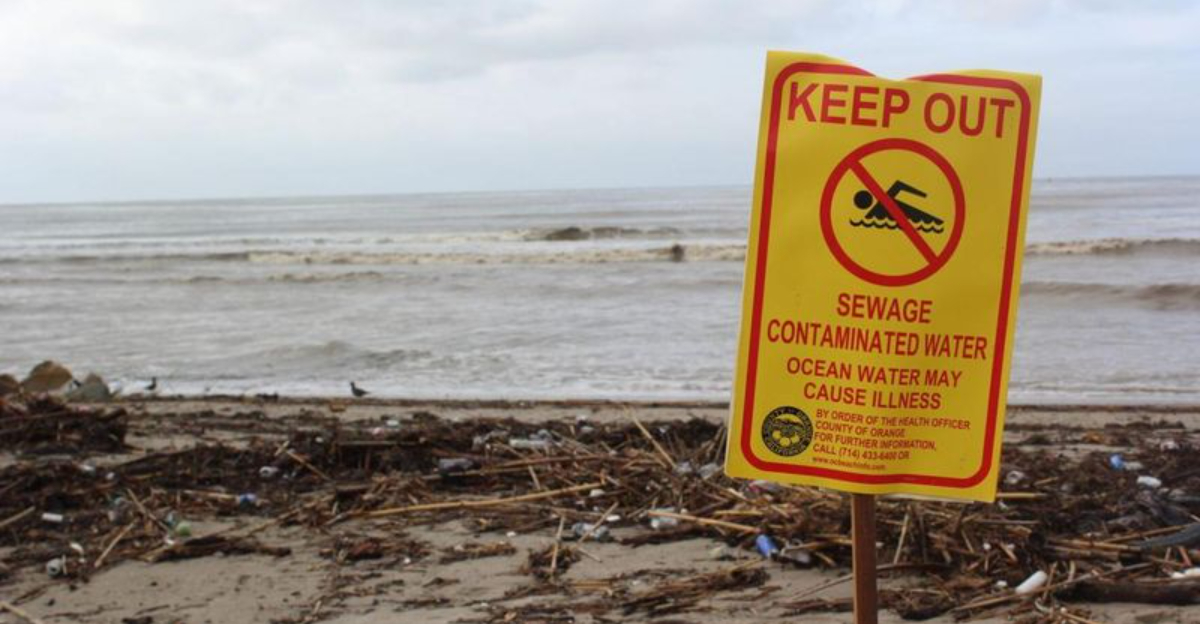
When you picture a beach vacation, you probably imagine soft sand, clear waves, and a carefree vibe. But not all tropical postcards tell the whole story. Some of the world’s most beautiful beaches come with hidden risks that could turn your relaxing getaway into a real nightmare.
I’ve come across spots where locals warn you not to swim, signs scream danger in bold letters, and waters that look calm from the shore hide powerful riptides. In one case, I was halfway through planning a visit before I discovered the area was dealing with toxic algae blooms!
In this guide, I’m breaking down the stunning beaches that require extra caution—from shark hot zones to shores plagued by pollution or unpredictable currents. Curious if your dream destination made the list? Keep reading, and remember: a little research now can save a whole lot of regret later.
1. Hanakapiai Beach, Hawaii
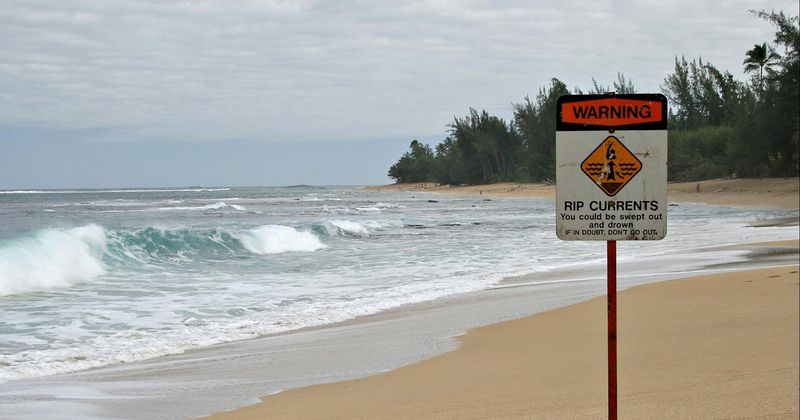
Hawaii’s deceptively beautiful Hanakapiai Beach has claimed over 80 lives due to its powerful rip currents. Located along Kauai’s scenic Na Pali Coast, this remote beach requires a challenging 2-mile hike just to reach it.
Experienced swimmers have been pulled out to sea in seconds when the seemingly calm waters suddenly transform into violent currents. A makeshift memorial with tally marks counting drowning victims serves as a grim warning to visitors.
If you visit, always obey posted warning signs and never attempt swimming, regardless of your abilities. The nearest safe harbor is six miles away, making rescue operations extremely difficult.
2. Fraser Island, Australia
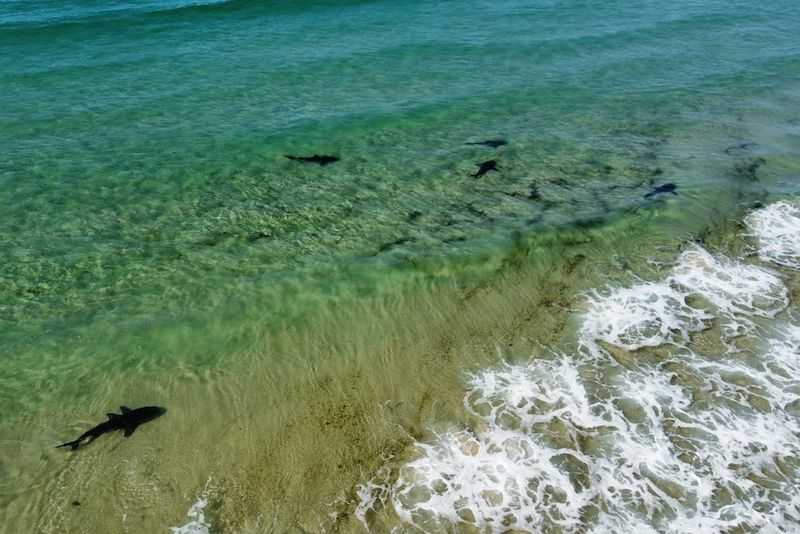
Australia’s Fraser Island boasts pristine beaches that hide multiple deadly threats. Powerful rip tides and deep drop-offs make swimming extremely dangerous, with several drownings reported yearly.
Sharks patrol these waters regularly, including great whites and tiger sharks drawn to the abundant fish. On land, the island hosts the purest strain of dingoes in Australia – these wild dogs have attacked visitors, particularly children.
Perhaps most surprising is the threat from the island’s lakes. Lake McKenzie’s perfect blue waters contain dangerous amoebas that can enter through the nose and cause fatal infections. When visiting, stick to guided tours and follow all safety warnings to enjoy this natural wonder safely.
3. Playa Zipolite, Mexico
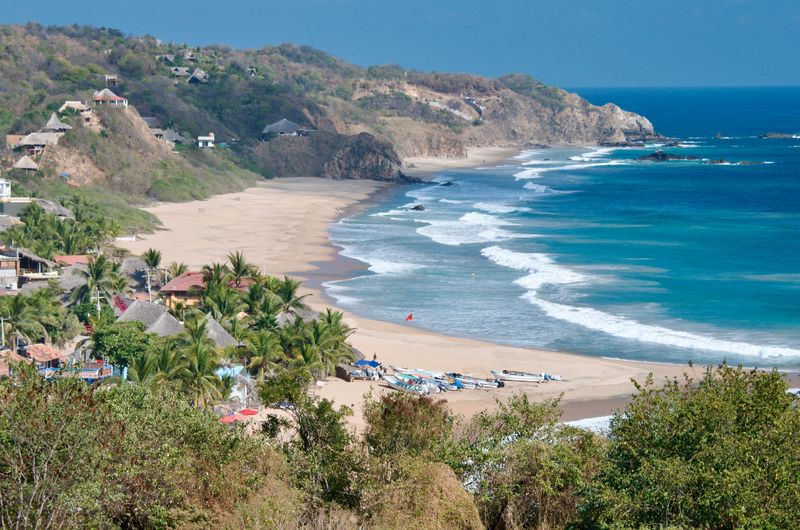
Known as the “Beach of the Dead” in local Zapotec language, Playa Zipolite in Oaxaca has earned its ominous nickname. Strong underwater currents and sudden riptides have claimed countless lives at this popular Mexican beach.
The danger lies in its deceptive appearance – calm surface waters hide powerful undertows that can drag swimmers hundreds of yards offshore in minutes. Rescue infrastructure has improved with lifeguards now patrolling during peak seasons, but drownings still occur regularly.
Many visitors are drawn to Zipolite’s bohemian atmosphere and clothing-optional policy without understanding the risks. Red flags indicate dangerous conditions – when they’re flying, even experienced swimmers should stay on shore.
4. Boa Viagem Beach, Brazil
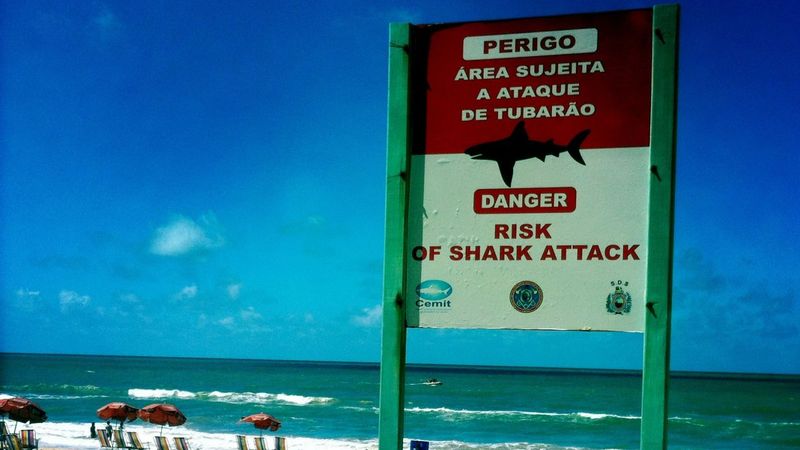
Despite its inviting waters, Boa Viagem Beach has earned notoriety, with a long history of shark attacks that make it Brazil’s most dangerous beach for swimmers.
The problem began after the construction of Port Suape, which disrupted local marine ecosystems and forced bull and tiger sharks to hunt closer to shore. Warning signs line the beach, but many tourists ignore them, especially when low tide creates inviting natural pools.
Authorities have implemented shark nets and monitoring systems, yet attacks continue. If visiting this Recife hotspot, admire the beautiful shoreline from a distance and never swim beyond the reef barriers where most attacks occur.
5. Gansbaai, South Africa
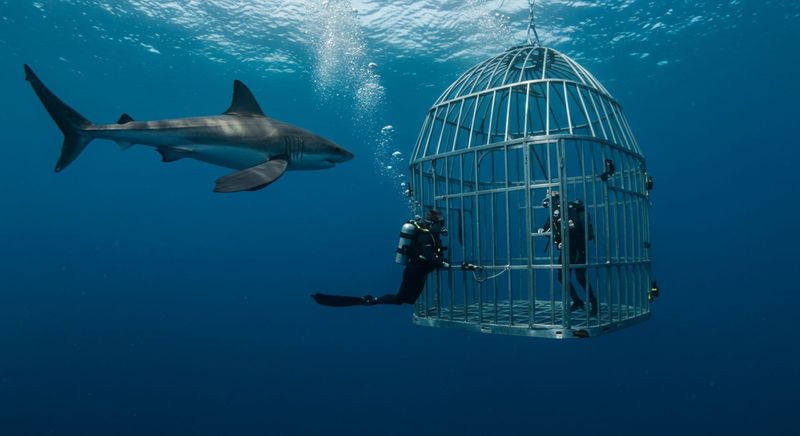
Welcome to the “Great White Shark Capital of the World.” Gansbaai’s waters host one of the densest populations of these apex predators on earth, drawn by the 60,000-strong seal colony at nearby Dyer Island.
The channel between the mainland and island, aptly named “Shark Alley,” sees so many great whites that cage diving has become the area’s main tourist attraction. While controlled encounters are relatively safe, the waters remain extremely dangerous for swimmers and surfers.
Marine biologists believe the hunting behaviors of sharks here are particularly aggressive due to competition. Despite the risks, Gansbaai offers incredible opportunities to witness these magnificent creatures in their natural habitat – just do it from inside a sturdy metal cage!
6. New Smyrna Beach, Florida
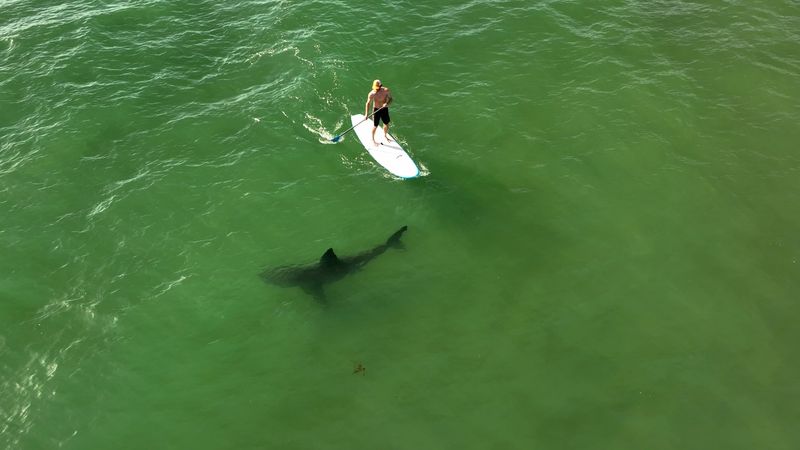
Florida’s New Smyrna Beach has earned the dubious title of “Shark Attack Capital of the World.” More shark bites occur here per square mile than anywhere else on Earth, with over 300 documented attacks.
The murky waters of this popular surfing destination create perfect hunting conditions for blacktip and spinner sharks. Most attacks are cases of mistaken identity – sharks confuse splashing surfers with struggling fish. Thankfully, fatalities are rare, with most bites classified as “hit and run” attacks.
What makes this situation uniquely bizarre is how locals shrug off the danger. Surfers often return to the waves the same day after getting stitches for shark bites, considering them just an occupational hazard of riding New Smyrna’s excellent breaks.
7. Kilauea Black Sand, Hawaii
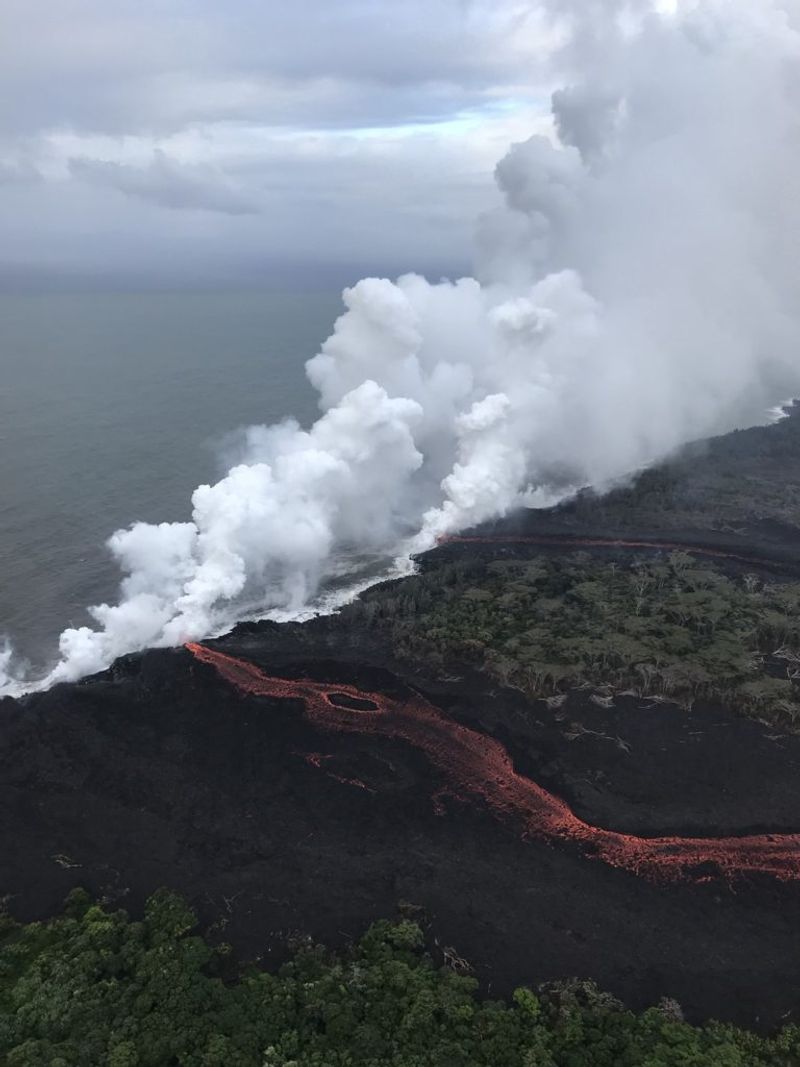
At places like Kilauea’s coastline, Hawaii’s landscape is literally still forming, producing black sand beaches that dazzle the eye but demand respect for their raw power.
Toxic steam plumes called “laze” (lava haze) form when lava enters seawater, creating a mixture of hydrochloric acid and glass particles that can cause severe respiratory issues and chemical burns. Unstable new land formations called lava benches frequently collapse without warning, dragging visitors into scalding water.
Extreme heat from underground lava flows can make sand hot enough to melt shoe soles. When visiting active volcanic beaches, maintain safe distances from ocean entry points, heed all closure notices, and understand that this landscape is literally being created before your eyes.
8. Utakleiv Beach, Norway
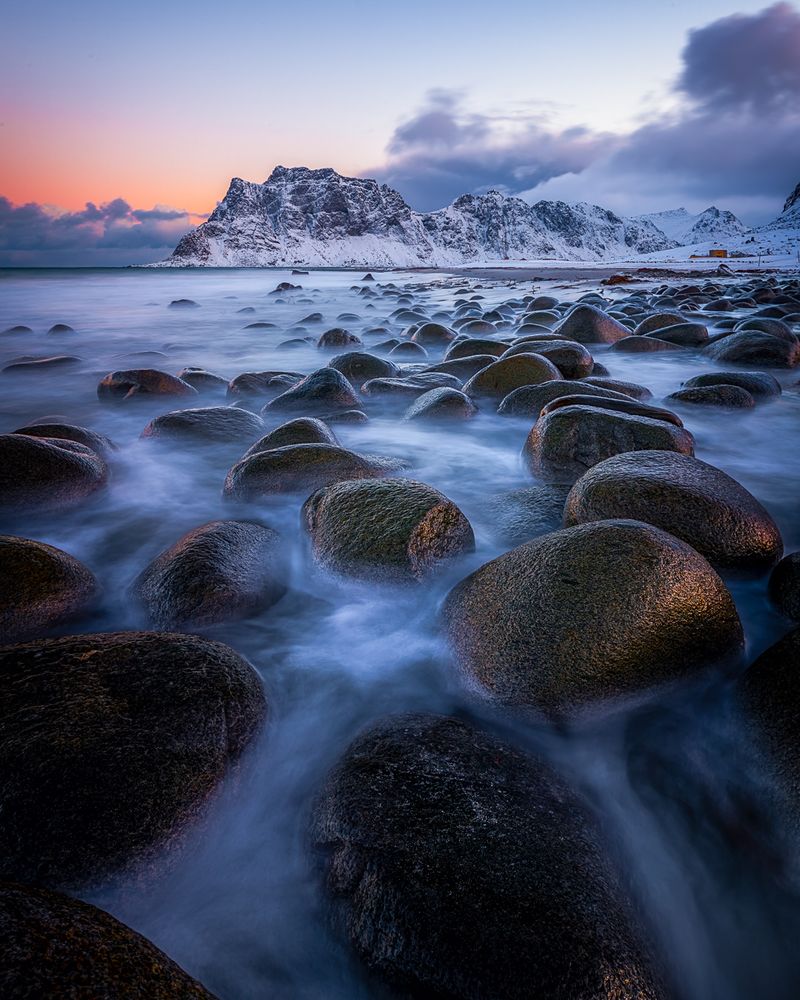
Norway’s Utakleiv Beach appears serene but ranks among the world’s most treacherous swimming locations. Located within the Arctic Circle on Lofoten Island, its frigid waters can induce cold shock response and hypothermia within minutes.
Massive waves generated in the Norwegian Sea crash against this exposed shoreline with tremendous force. Underwater currents are unpredictable, with powerful rip tides that can sweep even strong swimmers out to sea.
Winter brings additional dangers when polar storms create rogue waves exceeding 30 feet. Despite these hazards, photographers flock here for the stunning aurora borealis displays and unique heart-shaped rock formation. Admire this Arctic beauty from shore – entering these waters requires specialized cold-water survival gear and experience.
9. Chowpatty Beach, India (Avoid This Beach)
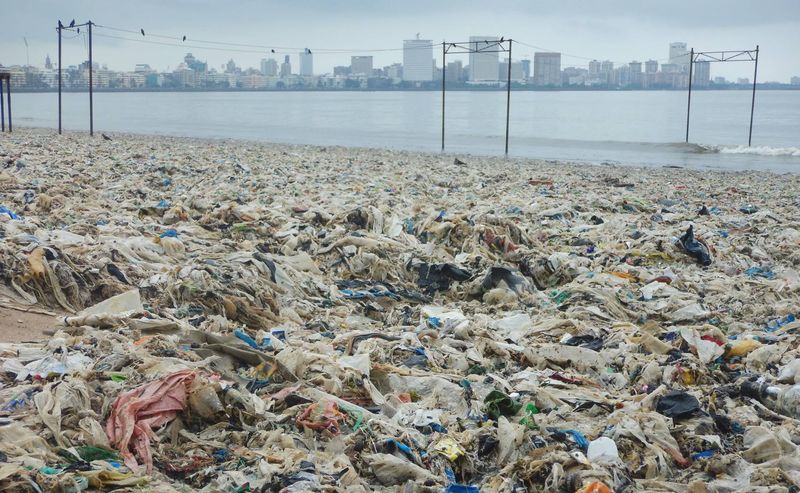
Mumbai’s Chowpatty Beach exemplifies how human activity can transform a natural paradise into a health hazard. Consistently ranked among the world’s most polluted beaches, its waters contain sewage, industrial waste, and medical refuse at levels hundreds of times above safety standards.
Despite clear health warnings, thousands still swim here daily, risking serious illnesses including typhoid, hepatitis, and severe skin infections. Religious ceremonies add to the pollution when devotees immerse painted idols containing toxic chemicals into the water.
Cleanup efforts repeatedly fail due to the continuous influx of untreated sewage from Mumbai’s overtaxed infrastructure. No amount of scenic beauty justifies visiting this beach – the invisible contaminants in both sand and water pose immediate and long-term health risks.
10. Darwin Beaches, Australia
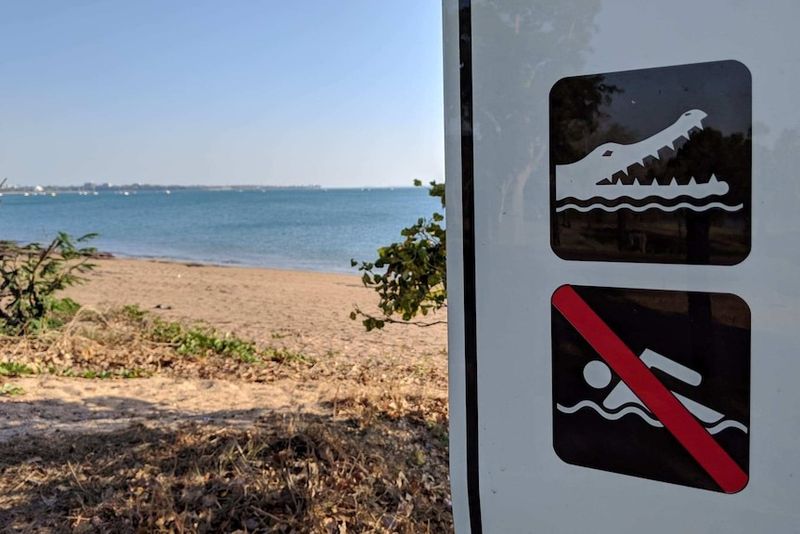
The beauty of Darwin’s beaches comes with a deadly caveat, as box jellyfish stings can cause cardiac arrest in minutes, leaving little time for intervention.
From October through May (Australia’s summer), these waters become so dangerous that swimming is effectively prohibited. Even brief contact with tentacles causes excruciating pain described as worse than childbirth or kidney stones. Survivors often face permanent scarring and potential cardiac complications.
Adding to the danger roster are saltwater crocodiles that regularly patrol these shores and estuaries. Despite extensive warning systems, tourists still suffer stings annually. If you visit during summer months, enjoy Darwin’s beaches from behind the stinger nets or at controlled inland pools.
11. Amazon River Beaches, Brazil

The freshwater beaches along Brazil’s Amazon River contain dangers unknown to most tourists. Foremost among these threats is the candiru, a parasitic fish infamous for its ability to swim up body orifices, where it deploys barbed spines that require surgical removal.
Electric eels delivering 600-volt shocks patrol these waters alongside piranha schools that can strip flesh from bone in minutes when frenzied. Bull sharks have been documented over 2,500 miles upstream, bringing oceanic danger deep into the rainforest.
Perhaps most terrifying is the anaconda, which grows to record sizes in remote tributaries. These massive constrictors hunt at water’s edge, capable of taking down prey as large as caimans or humans. Experience Amazon beaches from guided boats rather than swimming in these perilous waters.
12. Copacabana Beach, Brazil
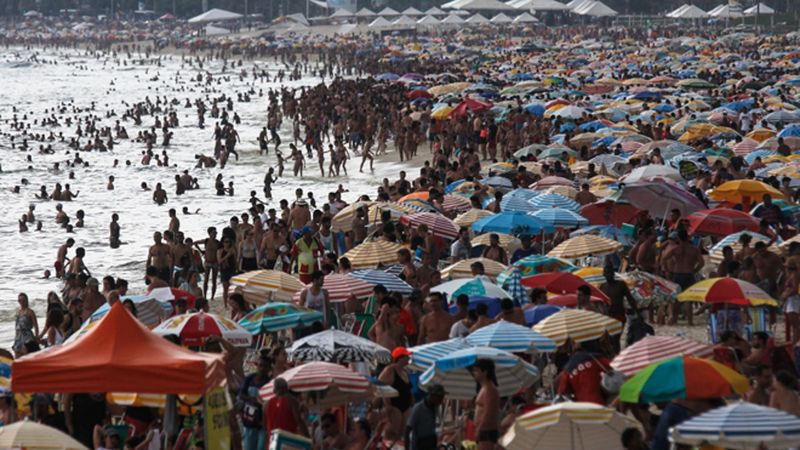
Rio’s iconic Copacabana Beach faces dangers beyond natural hazards – it’s one of the world’s most theft-prone beaches. Organized groups of thieves known as “arrastões” (big drags) sweep through in coordinated waves, creating chaos while snatching valuables from distracted tourists.
Water quality presents another serious concern, with bacterial levels frequently exceeding international safety standards by alarming margins. Olympic athletes competing here have reported falling ill after minimal exposure to the contaminated water.
Heavy currents and underwater obstacles create treacherous swimming conditions even for experienced beachgoers. While its postcard views remain spectacular, visitors should remain vigilant, avoid bringing valuables, and consider swimming at cleaner beaches nearby. The safest approach: enjoy the people-watching and famous sidewalk rather than the water.
13. Dumas Beach, India
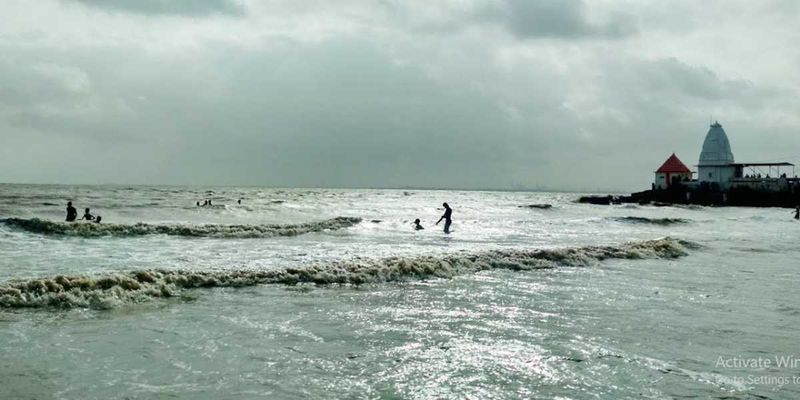
Visitors to Dumas Beach are often warned not to linger after dark, with locals reporting ghostly whispers and strange sensations near the site’s black sand shores.
Beyond folklore, real dangers exist in the form of powerful riptides and sudden drop-offs that have claimed numerous lives. Warning signs line the beach, but drownings continue as tourists underestimate the currents’ strength.
Stray dogs roaming the area present rabies risks, while poor water quality causes skin and gastrointestinal infections. Whether you believe in ghosts or not, night swimming at Dumas is strictly inadvisable due to limited visibility, absence of lifeguards, and the very real danger posed by its unpredictable waters.
14. Mindanao Coastal Areas, Philippines
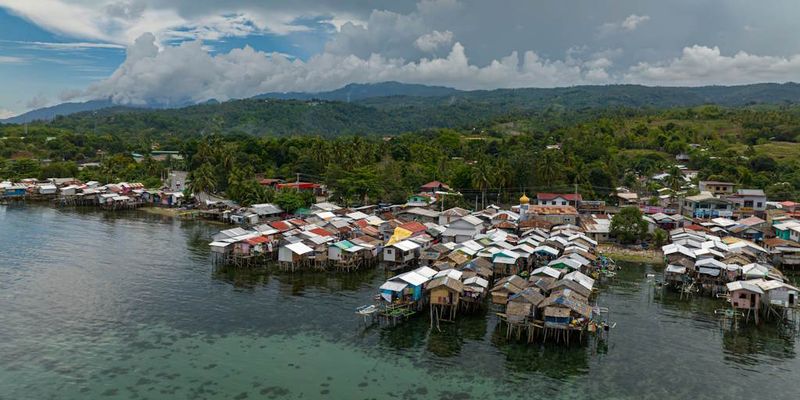
The beaches of Mindanao combine natural beauty with complex security concerns that have earned travel warnings from multiple governments. Terrorist groups including Abu Sayyaf have conducted kidnappings targeting tourists, particularly in coastal regions and nearby islands.
Natural hazards compound these security issues. The region experiences frequent typhoons that create deadly storm surges and rip currents. Box jellyfish and blue-ringed octopus inhabit these waters, both possessing venom capable of causing death within minutes.
Water pollution from mining operations contaminates many beaches with heavy metals and processing chemicals. While some resort areas maintain better security, travelers should research current conditions thoroughly. Most travel insurance policies exclude coverage in regions with active government warnings, adding financial risk to physical danger.
15. Guanabara Bay, Brazil (Avoid This Beach)
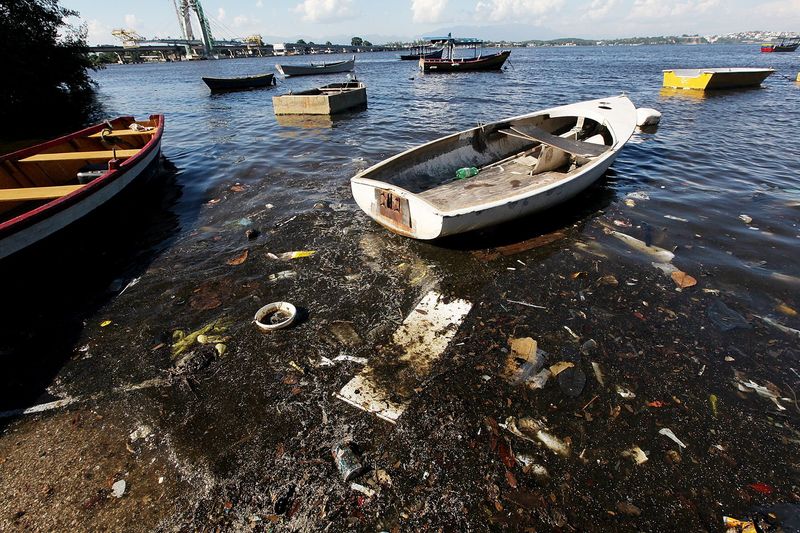
Rio’s Guanabara Bay beaches represent an environmental catastrophe that gained global attention during the 2016 Olympics. Daily, over 100 million gallons of untreated sewage flow into these waters, creating bacterial levels up to 1.7 million times above safety limits.
Visible pollution includes floating garbage islands, industrial waste, and even hospital refuse including syringes washing ashore. Oil spills from the nearby refinery have created toxic zones where marine life has been decimated.
Heavy metal contamination from decades of industrial dumping has created sediment so toxic that disturbing the bay floor releases dangerous compounds. Despite government promises, cleanup efforts have largely failed. Until comprehensive sewage treatment systems are implemented, these beaches should be permanently avoided – even brief water contact presents serious health risks.
16. Myrtle Beach, South Carolina
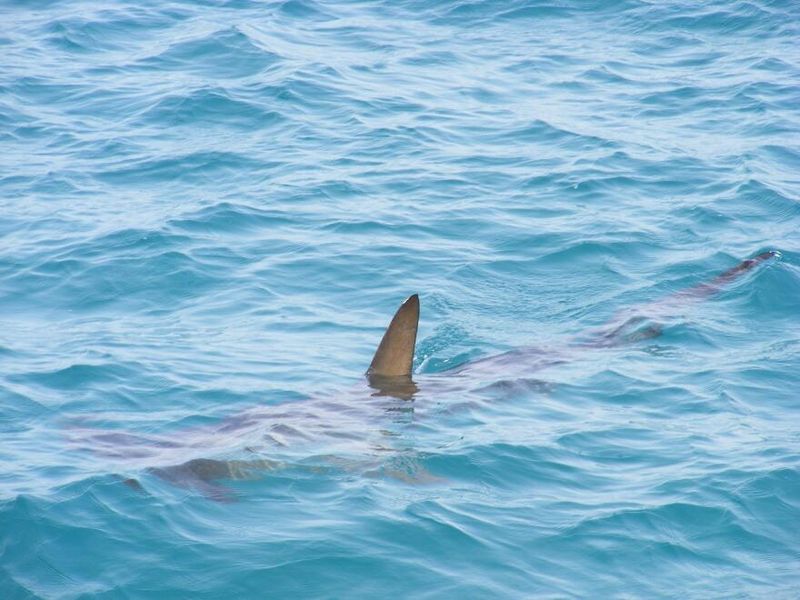
This popular American vacation destination faces increasing scrutiny for its alarming water quality issues. Regular testing reveals bacteria levels frequently exceeding safe swimming standards, particularly after rainfall when storm runoff carries contaminants directly to shore.
Shark encounters have increased significantly in recent years, with multiple species including bull and tiger sharks frequenting these waters. The beach averages 15-20 attacks annually, though most are non-fatal.
Rip currents form regularly along this stretch of coastline, creating powerful channels that pull swimmers away from shore. Despite these concerns, millions visit annually, often unaware of the risks. When visiting, check local water quality reports before swimming, understand how to identify rip currents, and pay attention to flag warning systems that indicate current conditions.
17. Doheny State Beach, California
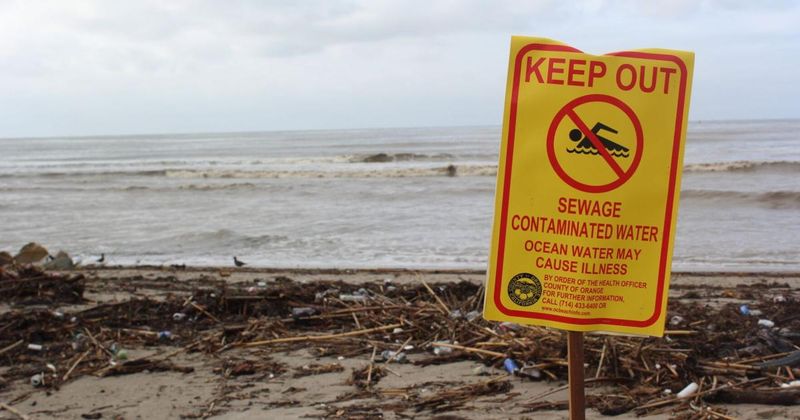
California’s Doheny State Beach consistently ranks among America’s most polluted beaches, earning ‘F’ grades in environmental testing for decades. Its location at the mouth of San Juan Creek creates a perfect storm of contamination as urban runoff carries bacteria, chemicals, and trash directly into swimming areas.
Sewage spills occur with alarming frequency, forcing beach closures that often come too late to prevent exposure. Surfers report ear infections, skin rashes, and gastrointestinal illness so commonly that locals call it “Doheny Flu.”
The beach’s popularity for surfing keeps attendance high despite the health risks. If visiting this historic surfing location, check recent water quality reports, avoid swimming after rainfall, and consider using the northern section which typically tests cleaner than areas near the creek mouth.
18. Manila Bay, Philippines (Avoid This Beach)
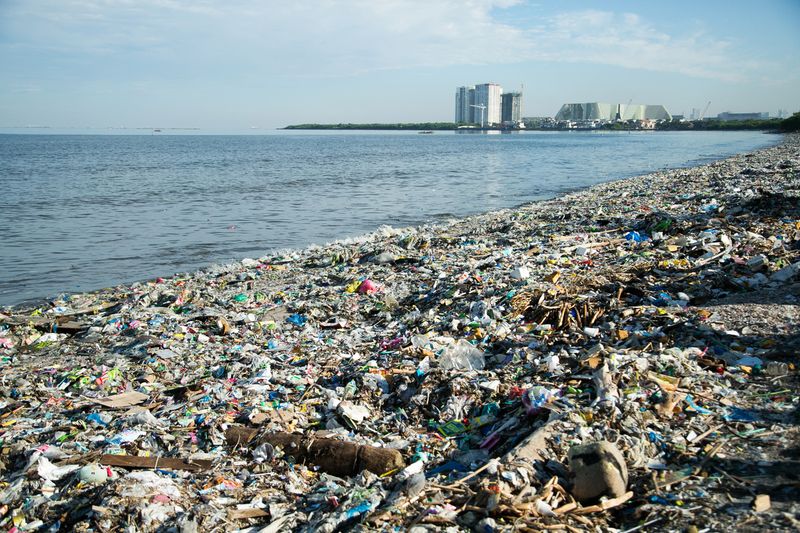
Once a scenic coastal area, Manila Bay has become one of Asia’s most polluted urban shorelines, plagued by decades of unchecked dumping and dangerously high bacterial contamination.
Mountains of plastic waste wash ashore daily, creating breeding grounds for disease-carrying insects and rodents. Industrial pollutants including mercury, lead, and cadmium contaminate both water and sand at levels causing immediate skin irritation and long-term health effects.
Recent government cleanup efforts provide cosmetic improvements but haven’t addressed the core issue: 85% of Manila lacks proper sewage treatment. Until fundamental infrastructure changes occur, Manila Bay beaches remain dangerous to human health. The striking sunset views can be safely enjoyed from the boardwalk – just don’t venture onto the sand or near the water.
